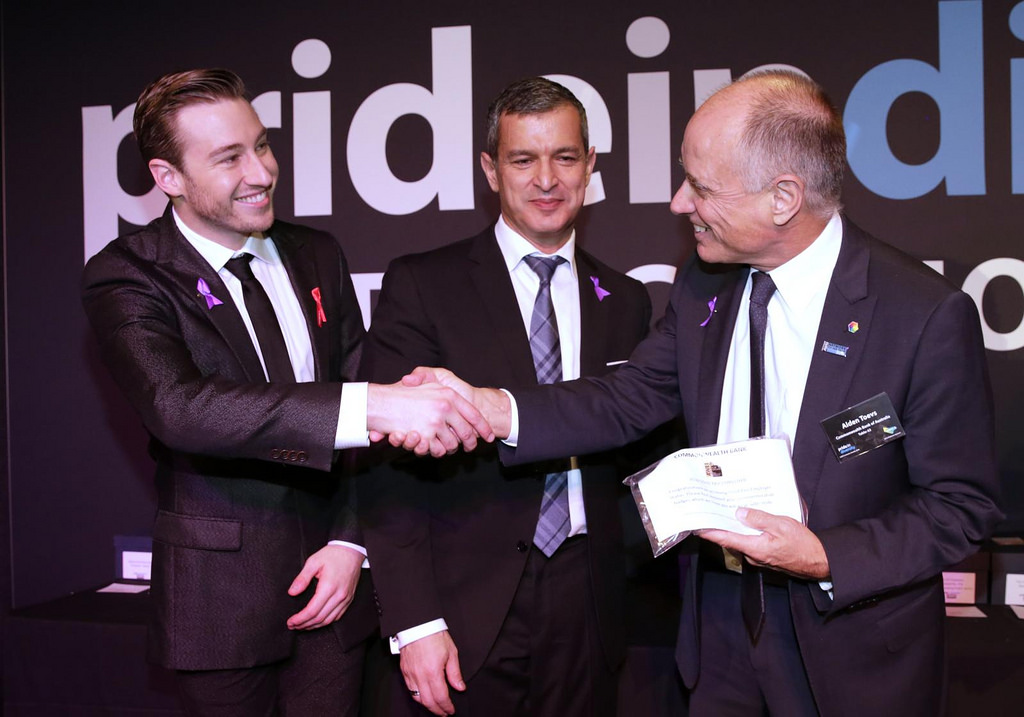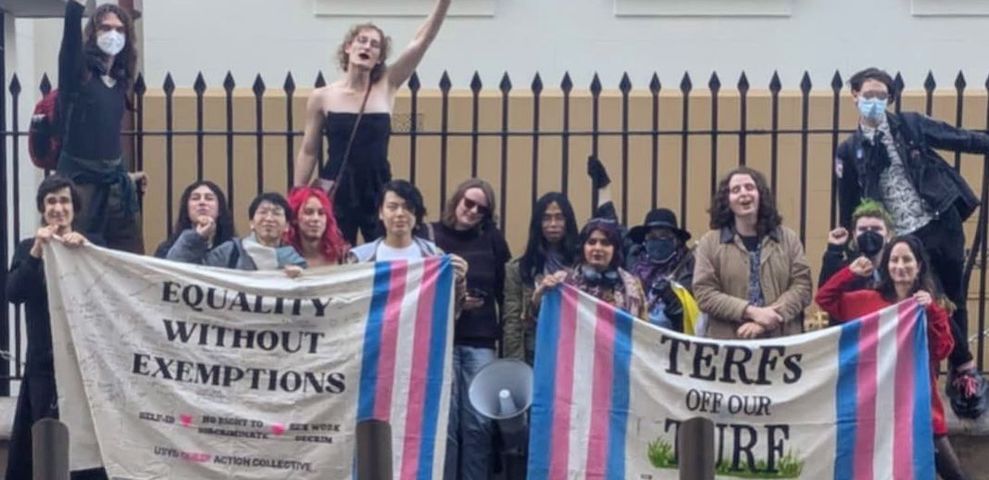
How regional workplaces are making strides in LGBTI inclusion

Associate Director of Pride in Diversity, Mark Latchford, on how regional workplaces are being supported to strengthen LGBTI inclusion at work.
* * *
Over the last decade, employers across Australia have made enormous strides in progressing workplace inclusion initiatives focused on their LGBTI talent.
This includes those in the private sector as well those in all levels of government, and irrespective of organisational size.
However, one of the great challenges for organisations is how to ensure that such positive steps are reaching all their employees, regardless of their distance from head office.
Across our diverse membership, Pride in Diversity has seen some terrific examples of proactive regional employment initiatives by a diverse range of organisations.
Some of the better practices we have seen and helped support in execution include:
- Introductory awareness training to ensure regional leaders and managers understand the specific realities of LGBTI inclusion, from the perspective of current and prospective employees.
- The development of a small community of visible allies that will support employees who choose to be their true selves in regional workplaces.
- Reaching out to regional LGBTI community organisations, during traditional LGBTI days of significance (such as Pride month) to develop their local reputation for employment inclusion.
- Reviewing an organisation’s HR policies and practices, and whether they overtly support their LGBTI employees.
Recently, Pride in Diversity piloted a series of regional programs to bring member organisations’ employees together with smaller business, local governments, sporting groups, and LGBTI community organisations.
The first was held in Townsville hosted by James Cook University, and the second one was held in Geelong, hosted by Deakin University.
They included education sessions, workshops for LGBTI allies, and other communication and networking activities.
The appetite for such initiatives in regional Australia was reflected by 500 or so participants across both cities.
Over the last 12 months, the issue of LGBTI equality and inclusion became part of the national narrative.
Going forward, ensuring LGBTI employees can contribute to their workplaces most effectively, most productively, and most creatively will be the responsibility of all leaders in employer organisations, irrespective of size, sector, or location.









